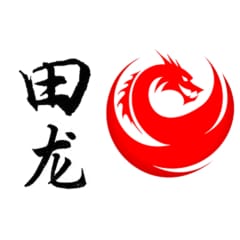One of the most important traits any business should have is to be organised. It will be easier for a company to operate if all its records are kept in the proper order. This is what the chart of accounts is all about.
What is the Chart of Accounts?
In general, the Chart of Accounts (COA) refers to a list of accounts used by a business to keep all its transactions in an organised manner. Accounts refer to all transactions, including sales, assets, equities, liabilities, expenses, revenues, and taxes. Every account refers to a small group of transactions, making the COA a crucial step in understanding a business’ financial standing. This makes it easier for a business owner to read their reports. Therefore, a poorly written standard chart of accounts will make the bookkeeping process faster and easier.
What to avoid when setting up your Chart of Accounts?
- Creating an excessive number of accounts
The adage “more is better” does not necessarily apply when it comes to setting up a standard chart of accounts. This usually happens when the person in charge of entering data into the chart of accounts is not a trained professional, resulting in the creation of a new account whenever they encounter an entry that’s not explicitly described by an existing ledger account. Whenever this happens, there’s a huge possibility of an excessive creation of accounts, making your system disorganised.
- Using accounts incorrectly
It’s essential to make sure that you assign accounts to their correct types or categories when creating your chart of accounts to avoid making it look chaotic. For example, computers and printers are easily confused and assigned to the office equipment accounts. However, if you really think about it, office devices are more appropriately categorised as assets.
Similarly, there are accounts with similar names that are quite tricky to distinguish, like Accumulated Depreciation and Depreciation Costs. You have to make sure that you categorise them accordingly to avoid confusion.
- Using different methodologies in creating different account groups
It’s better to use a single methodology when creating various account groups, which refers to revenue and costs of goods sold (COGS). When dividing revenue accounts based on the type of products, you have to make sure that you follow the same approach when structuring the COGS part to get an informative profit and loss statement (P&L).
- Inputting too little or too much detail
If your company’s revenue is aggregated under one sales account, you need to make sure that you’re inputting the right number of details in every account for a well-structured chart of accounts. For example, you can break down sales based on the type of product (i.e., Sales – Product A, Sales – Product B, etc.) Alternatively, you can separate the revenues according to sales channels (i.e., Amazon Singapore, Amazon Australia, etc.) depending on your needs and nature of business.
Conclusion
Remember that one of the first and major mistakes that a business must not commit is not setting up a coherent, practical, and cogent Chart of Accounts, making it difficult for you to understand your finances. This can be a costly mistake to make. This is why it would help if you seek the help of a company that offers consulting chart of accounts.
Tianlong Services is a team of chartered accountants in Singapore. We are a leading provider of outsource accounting in Singapore. We specialise in online accounting, remote working, and outsourcing staff to help businesses save on costs, increase profitability, and comply with reporting standards stipulated by the Accounting Standards Council. Get in touch with us today to know more about what we do.


